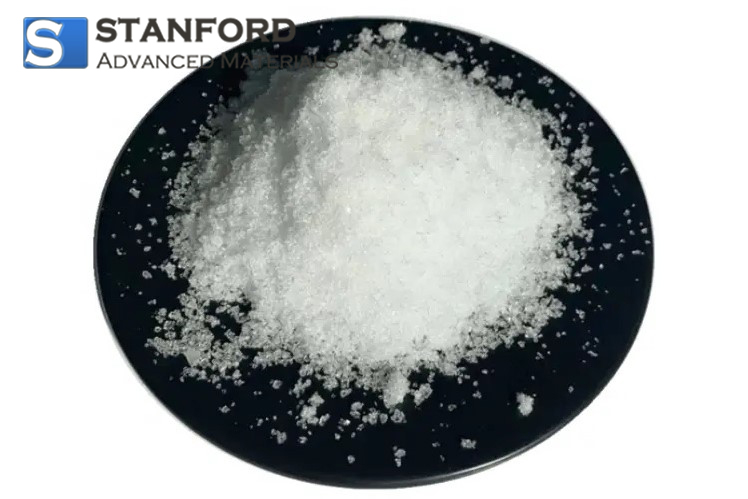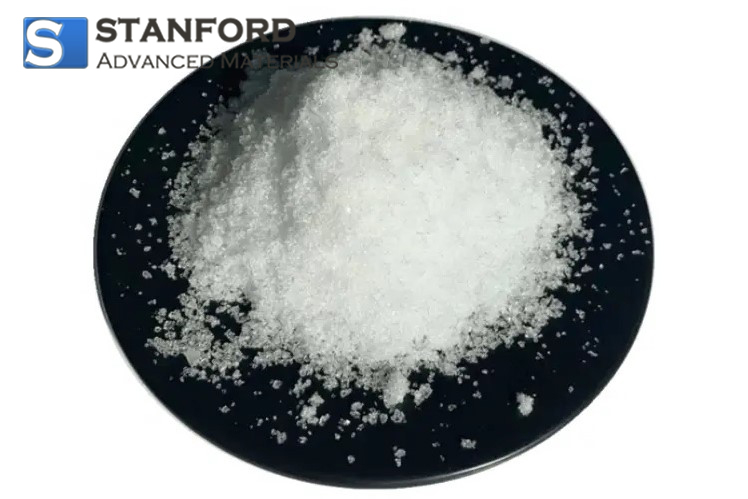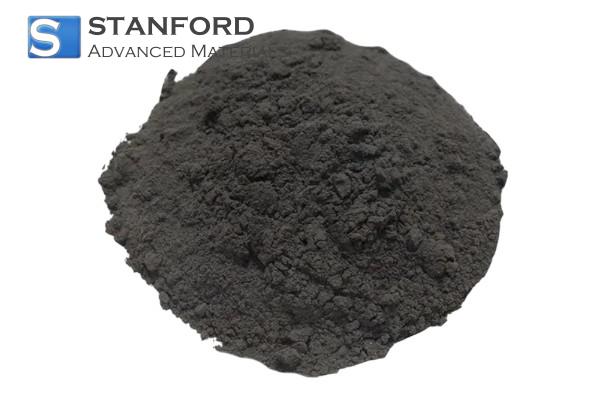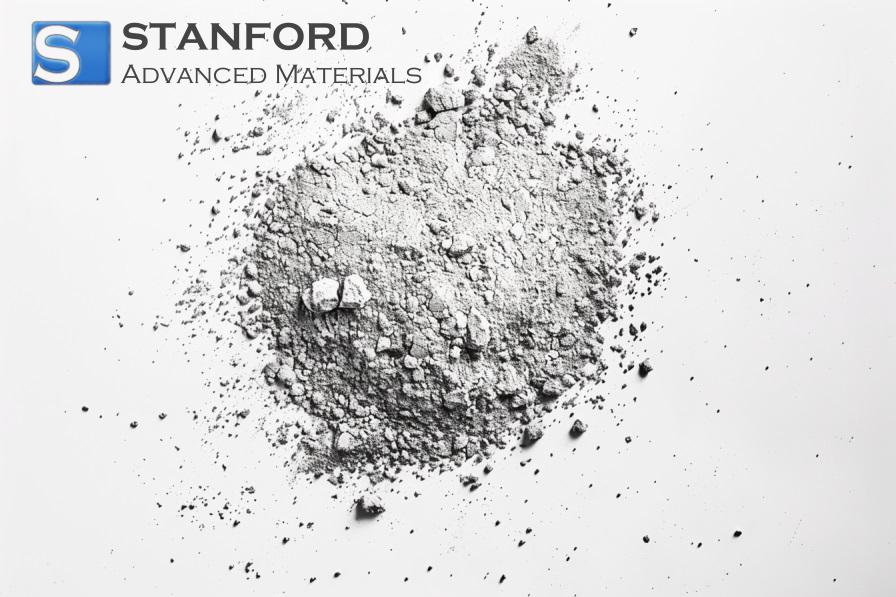Lutetium: Element Properties And Uses
Description
Lutetium is the heaviest and hardest rare earth element. It is used in cancer treatment, PET scanning and in glass with a high refractive index.
Introduction to the Element
Lutetium is a rare earth element that occupies a distinct position at the end of the lanthanide series in the periodic table. With an atomic number of 71 and an atomic mass of approximately 174.97 g/mol, it is among the heaviest and least abundant of the rare earth metals.
Lutetium was first discovered in the early decades of the 20th century. It has since been investigated by scientists and industrial professionals because of its clear physical and chemical properties. This metal has a grey metallic appearance and demonstrates resistance to corrosion.
Chemical Properties Description
Lutetium exhibits the chemical properties typical for the lanthanide group. It predominantly occurs in the oxidation state +3, a state shared by many other rare earth metals. This oxidation state permits Lutetium to form a variety of stable compounds with different anions, thereby making it useful for laboratory synthesis and industrial processes.
Its reactivity remains modest when compared with certain other lanthanides. Lutetium participates in chemical reactions that are critical for the production of specialised materials. Its high melting point and chemical stability under extreme conditions render it suitable for applications that demand operation at elevated temperatures. Consequently, its predictable chemical behaviour has resulted in its use in refinery procedures and catalysis, and its compounds are employed in technological processes.
Table of Physical Properties Data
|
Property |
Value |
Unit |
|
Atomic number |
71 |
- |
|
Atomic mass |
174.97 |
g/mol |
|
Density |
9.84 |
g/cm³ |
|
Melting point |
1 663 |
°C |
|
Boiling point |
3 400 |
°C |
|
Crystal structure |
Hexagonal |
- |
For further information, please consult Stanford Advanced Materials (SAM).
General Applications
Lutetium has several practical applications in modern science and industry. An important area is medical imaging, where compounds based on Lutetium are used in Positron Emission Tomography (PET) to improve image resolution and diagnostic accuracy.
The element is used as a catalyst in petroleum refining and in various chemical synthesis procedures. Its high density and stability at elevated temperatures render it suitable for the manufacture of specialised glass, ceramics and components for lasers and optical devices.
In addition, Lutetium is employed in nuclear medicine, notably in targeted cancer therapies, where radioactive isotopes serve specific therapeutic functions. Its use in these applications demonstrates its capacity to meet the rigorous requirements of both industry and research.
Preparation Methods
The extraction and purification of Lutetium is complex because of its low natural abundance. The element is usually obtained from minerals that contain a mixture of rare earth elements.
The extraction procedures involve several stages. The process begins with the dissolution of the ore in acid, followed by separation methods such as ion exchange and solvent extraction. These procedures isolate Lutetium from other rare earth elements while preserving its chemical integrity. Subsequently, high-temperature reduction processes refine the product into pure metal fit for industrial and scientific applications.
Frequently Asked Questions
What is the primary use of Lutetium?
Lutetium is used in medical imaging, as a component in catalysts, in the manufacture of specialised glass and in various high-tech industrial applications.
How is Lutetium extracted from its natural ores?
It is extracted from mixed rare earth minerals by ion exchange and solvent extraction.
What distinguishes Lutetium from other rare earth metals?
Lutetium is one of the heaviest rare earth elements and is positioned at the end of the lanthanide series. This results in a lower natural abundance than many other rare earth metals.
Can Lutetium be used in high-temperature environments?
Yes, its high melting point and chemical stability make it suitable for various industrial processes that operate at elevated temperatures.
Are there any safety concerns associated with handling Lutetium?
Although Lutetium is generally stable, standard safety protocols are recommended in both industrial and laboratory settings to minimise potential risks.

 Bars
Bars
 Beads & Spheres
Beads & Spheres
 Bolts & Nuts
Bolts & Nuts
 Crucibles
Crucibles
 Discs
Discs
 Fibers & Fabrics
Fibers & Fabrics
 Films
Films
 Flake
Flake
 Foams
Foams
 Foil
Foil
 Granules
Granules
 Honeycombs
Honeycombs
 Ink
Ink
 Laminate
Laminate
 Lumps
Lumps
 Meshes
Meshes
 Metallised Film
Metallised Film
 Plate
Plate
 Powders
Powders
 Rod
Rod
 Sheets
Sheets
 Single Crystals
Single Crystals
 Sputtering Target
Sputtering Target
 Tubes
Tubes
 Washer
Washer
 Wires
Wires
 Converters & Calculators
Converters & Calculators
 Write for Us
Write for Us





 Chin Trento
Chin Trento



